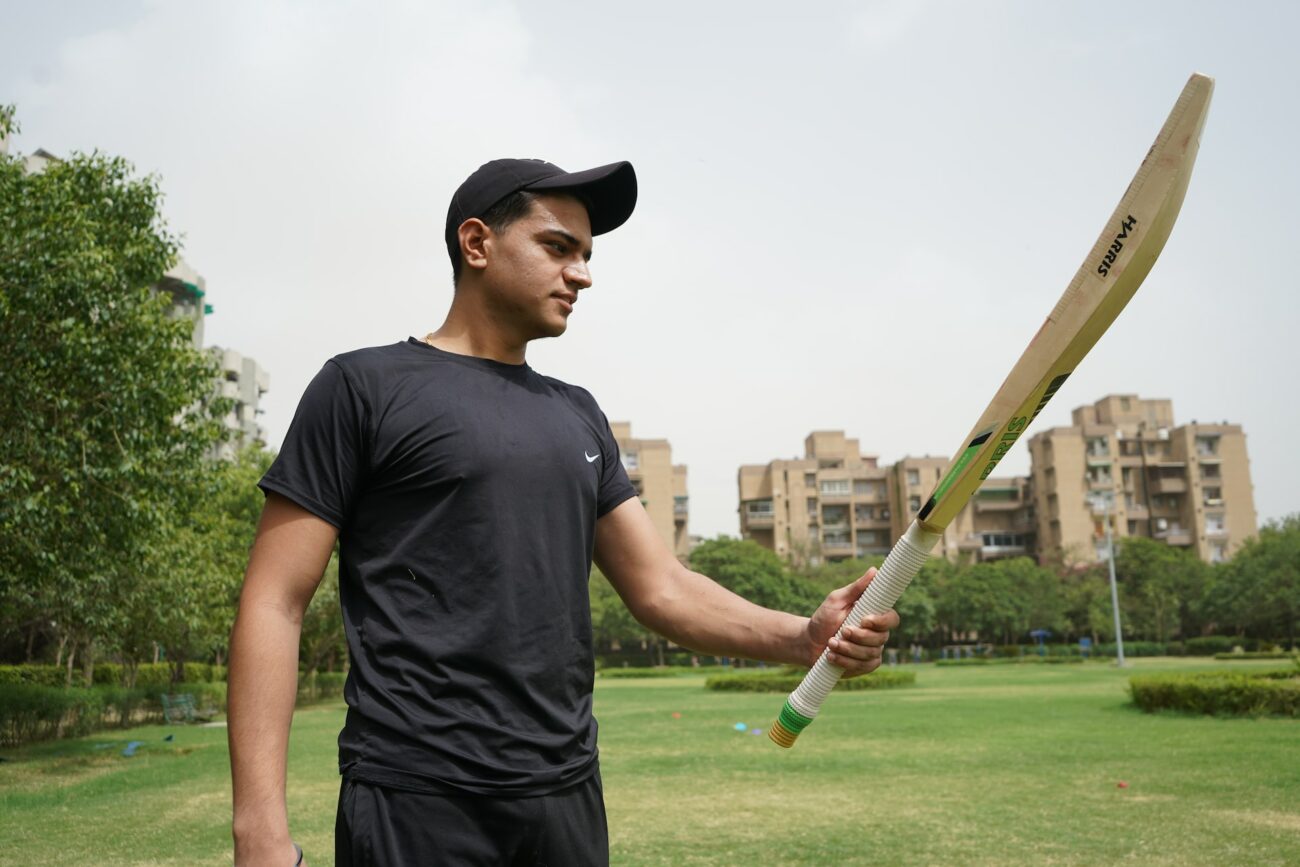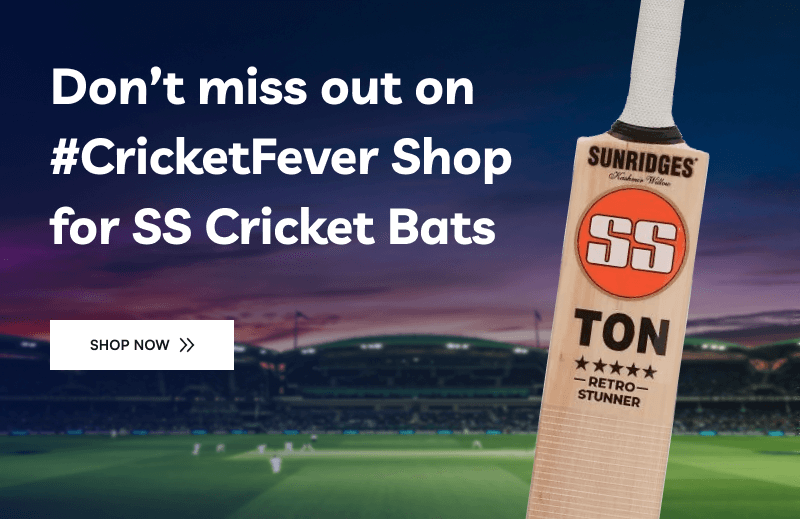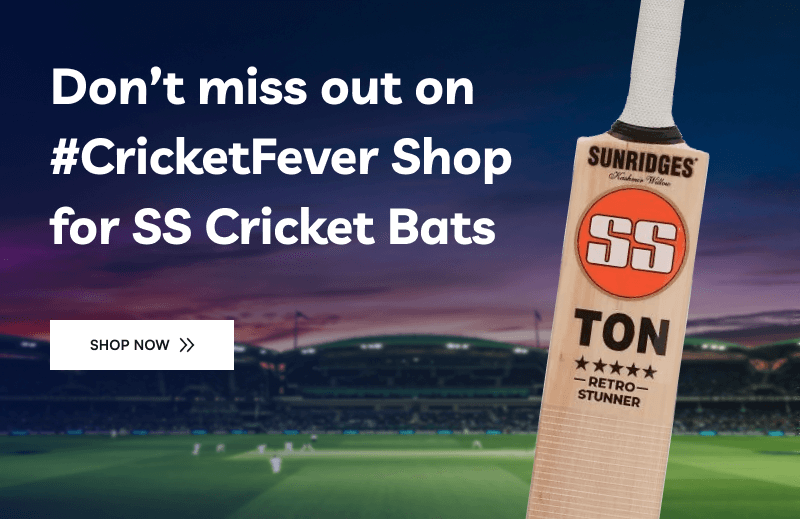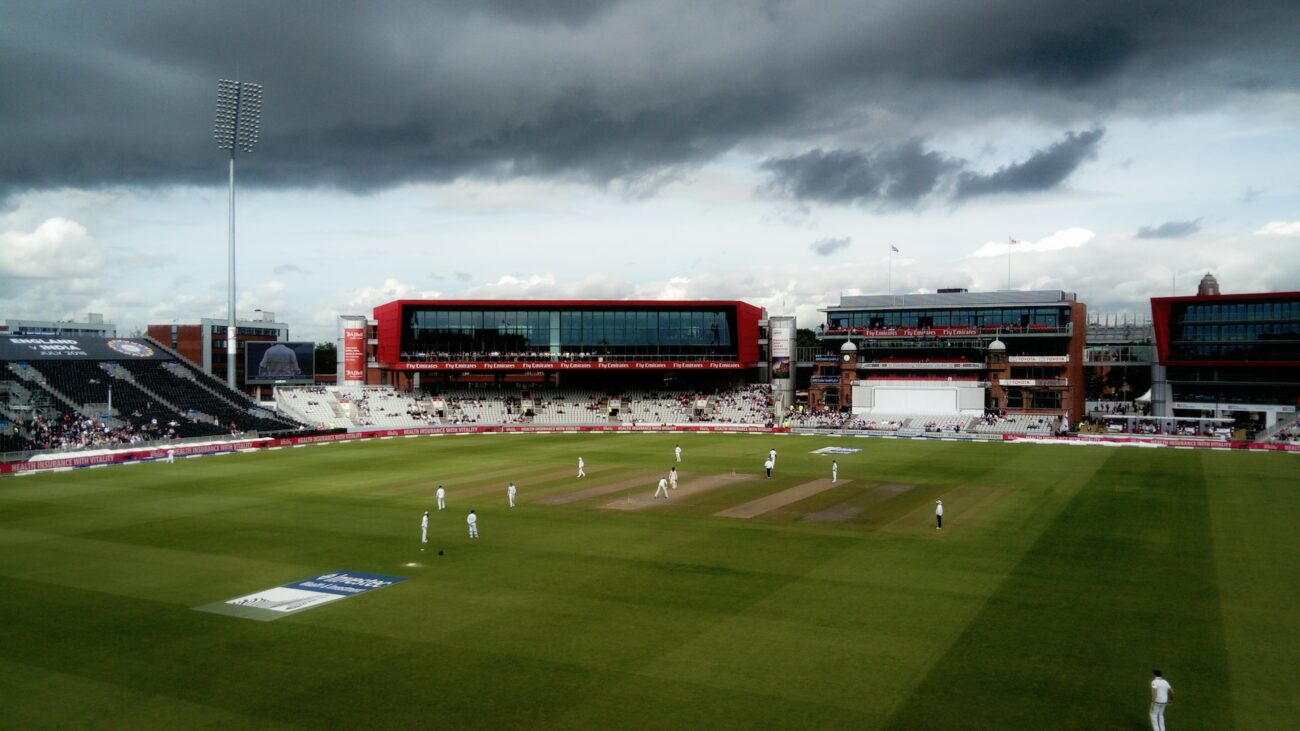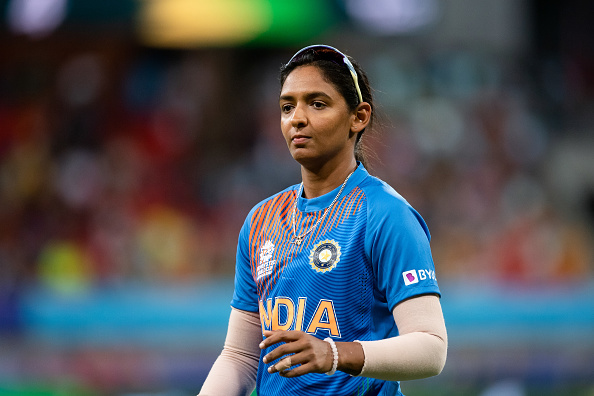A Cricket Bat: History, Size, Dimension, Types and everything you need to know
Cricket, a beloved sport enjoyed by millions worldwide, relies heavily on the equipment used, with the cricket bat being the most significant tool in the game. This article explores the fascinating history, size, dimensions, and various types of cricket bats. The history, size, dimensions, and types of cricket bats highlight their significant role in the sport of cricket. From its humble beginnings to modern-day innovations, the cricket bat has evolved to meet the demands of the game and the players. Whether it is the choice between English willow and Kashmir willow, or the customization options available, the cricket bat plays a crucial role in the success of a batsman. It remains an essential symbol of the game, embodying skill, technique, and the spirit of cricket.
Cricket Bat’s History:
In the early beginnings of cricket, around 1620, an intriguing incident occurred where a batsman used a bat to strike the fielder in order to prevent him from catching the ball. This particular bat, resembling the shape of modern-day hockey sticks, marked an early stage in the evolution of cricket equipment. During this era, the technique of rolling the arm over while bowling had not yet been adopted, and the bat’s design reflected the prevailing style of play.
It started taking a rectangular form in the late 1700s and early 1800s. The laws had by then changed and bowlers were allowed to roll their arms over like they do in modern cricket. There were no restrictions on the bat’s size or shape at that point in time. The bat’s width was set at four and a quarter inches by the Marylebone Cricket Club (MCC), the copyright holder of the Laws of Cricket in the early 18th century. This came on the back of an Englishman, representing RyegaDuring the late 1700s and early 1800s, the cricket bat started to adopt a more rectangular shape. This transformation coincided with changes in the laws of the game, allowing bowlers to roll their arms over, similar to the bowling action seen in modern cricket. At this stage in history, there were no specific restrictions on the size or shape of the cricket bat.
In the early 18th century, the Marylebone Cricket Club (MCC), the custodian of the Laws of Cricket, took a significant step by establishing the width of the bat at four and a quarter inches. This decision was prompted by an incident that occurred in 1771 when a player representing Ryegate walked in to bat against Hambledon with a bat as wide as the stumps. This defining moment led to the realization that some regulations were necessary to ensure a fair and balanced game. The establishment of the four-and-a-quarter-inch width became a crucial guideline in the development of cricket bats, providing a standard for manufacturers and players alike.
Details about Cricket Bat History:
As cricket continued to evolve, further regulations were introduced to maintain the integrity of the game. The MCC, with its authority over the Laws of Cricket, played a pivotal role in shaping the dimensions and specifications of the cricket bat, ensuring uniformity and fairness.
The rectangular shape and standardized dimensions of the cricket bat have now become an integral part of the game, contributing to the skill and technique required by batsmen. The history of the bat’s shape and size highlights the ongoing process of refining the rules to maintain a balance between bat and ball, ultimately enhancing the sporting experience for players and spectators alike. He walked in to bat against Hambledon in 1771 with a bat as wide as the stumps.
During that time, cricket bats were estimated to cost around £5, and they were meticulously crafted from the wood of English Willow trees. The specific part used was the dense heartwood, giving the bats a darker appearance. However, in the late 1800s, a significant transformation took place in the manufacturing process. CC Bussey, a prominent bat manufacturer from England, began utilizing sapwood trees instead. This strategic shift resulted in lighter bats, which were much easier to handle and wield on the field. The adoption of sapwood by Bussey marked a turning point, and it swiftly influenced other manufacturers who also favoured this variety of wood, commonly referred to as ‘white willow’ during that era. Consequently, this shift in materials became a pivotal moment in the ongoing evolution of cricket bat manufacturing.
As the 20th century dawned, cricket witnessed the rise of legendary players such as Don Bradman, Vijay Merchant, and Wally Hammond. During this era, bats of comparable size and shape were prevalent, yet their weights varied. On average, a cricket bat weighed around two pounds and two ounces. However, one notable exception was Billy Ponsford, renowned for his use of a hefty bat weighing 2.9 pounds, aptly named the “Big Bertha” bat. This unique choice distinguished him on the field.
However, as the 1960s unfolded, a new trend emerged among players like Clive Lloyd and Graeme Pollock. They pushed the boundaries of bat weight further, opting for bats exceeding three pounds. This bold departure from convention marked a shift towards heavier bats, allowing for more power and stroke play. The evolution of bat weights over the course of the century reflected the changing preferences and strategies of these esteemed cricketers, as they sought to maximize their performance and dominate the game.
The regulations on bat dimensions and shape, such as the set width, presented challenges for players attempting certain shots, leading many to favour lighter bats. One notable example is the legendary player, Ranjitsinhji, who discovered the leg glance shot using a lighter bat. The manoeuvrability and ease of steering provided by a lighter bat allowed him to execute this stroke effectively, contrasting with the heavier willow bats used by other players.
The expansion of cricket to other countries played a significant role in the evolution of cricket bats. As the game spread to different regions, bat manufacturers began experimenting with local timber to craft bats. For instance, in countries like Australia and New Zealand, attempts were made to cultivate English Willow, the preferred wood for bats. However, these endeavours met with limited success due to varying soil and climate conditions.
These explorations and experiments with different types of wood demonstrated the continuous pursuit of improving bat performance. Manufacturers sought to find the ideal balance between weight, durability, and responsiveness to meet the specific requirements and playing styles of different players.
The willingness to experiment and adapt to local resources and conditions has contributed to the diversity of cricket bat materials seen today. Various types of wood, such as English Willow, Kashmir Willow, and others, are used in the manufacturing process, each offering unique characteristics that cater to different player preferences and playing conditions.
The development of cricket bats, driven by player preferences, advancements in technology, and the pursuit of optimal performance, remains an ongoing process. Manufacturers continue to refine and innovate, striving to strike the perfect balance between power, control, and manoeuvrability while adhering to the regulations set by the governing bodies of the game. Cricket’s rich history and global reach have undoubtedly influenced the evolution of cricket bats, making them an essential part of the sport’s heritage. The continued exploration and experimentation ensure that cricket bats will continue to evolve, providing players with the tools they need to excel on the field.
Types of Cricket Bats:
English Willow Bats
a) English Willow:
The majority of professional cricketers prefer bats made from English willow. The wood from this tree provides excellent shock absorption, ensuring better performance and durability.
b) Grades of English Willow:
English willow bats are categorized into various grades, ranging from the top-quality Grade 1+ (known as “pro-grade”) to lower grades like Grade 4 or 5. The grading system takes into account factors such as the number of grains on the blade, responsiveness, and appearance.
Kashmir Willow Bats
a) Kashmir Willow:
Kashmir willow bats are a more affordable alternative to English willow bats. The wood used in these bats comes from the Kashmir region of the Indian subcontinent. While they offer less performance compared to English willow, they are suitable for casual or recreational players.
Hybrid Bats
a) Hybrid Willow:
Hybrid bats are a combination of English willow and Kashmir willow. These bats aim to provide a balance between performance and affordability. The face of the bat, typically the hitting area, is made from English willow, while the rest is constructed using Kashmir willow.
Innovations in Cricket Bat Design
Over the years, cricket bat manufacturers have introduced various innovations to enhance performance:
a) Power-Weighted Bats:
Manufacturers have modified the weight distribution of bats, moving the sweet spot closer to the toe of the bat. This modification increases the bat’s power potential.
b) Concave Bats:
Some modern cricket bats have a concave profile, resulting in a larger sweet spot and improved pick-up, making it easier for batsmen to control their shots.
c) Customized Bats:
With advancements in technology, players can now have bats tailored to their specific preferences. Manufacturers offer customizable options such as weight, handle shape, grip, and the placement of the sweet spot.
Size and Dimensions of a Cricket Bat:
a) Length:
The Laws of Cricket state that a cricket bat must have a maximum length of 38 inches (96.5 cm) and a minimum length of 38 inches (96.5 cm). The length is measured from the top of the handle to the top of the blade.
b) Width:
The width of the cricket bat’s blade cannot exceed 4.25 inches (10.8 cm). The blade’s width typically tapers down towards the handle, allowing for better control and manoeuvrability.
c) Thickness and Profile:
The thickness of a cricket bat’s blade is crucial. It should be around 2.5 inches (6.4 cm) at its widest point, gradually decreasing towards the edges. The face of the bat, commonly referred to as the “sweet spot,” is the area on the blade where the batsman aims to strike the ball for maximum power and control.

